
Beneficiaries offer the gift of life through kidney donation
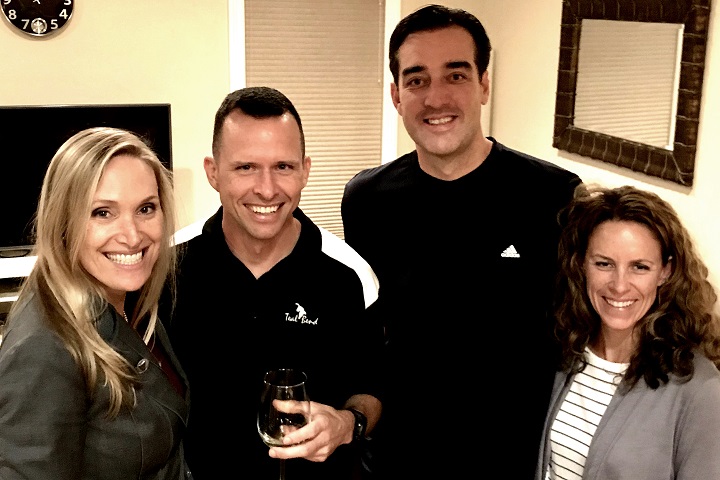
Air Force Col. Dave Ashley (second from left) and Army veteran Chris Connelly, seen here with their wives, are both happy and healthy after Ashley donated a kidney to Connelly. (Courtesy photo)
Donating a kidney hasn't slowed down Air Force Col. Dave Ashley. Two years after his life-saving act, Ashley is running in ultramarathons and training for a multiday team event in Fiji that includes mountain climbing and whitewater rafting. And what began as an impulse to help a desperately ill former West Point classmate has turned into a campaign to make sure other Military Health System beneficiaries know that living organ donations are an option.
“I worried I might get pushback because I’m an active-duty, senior officer,” said Ashley, now senior materiel leader for the Air Force’s Advanced Extremely High Frequency satellite program office at Los Angeles Air Force Base. “But I received outstanding help from my flight doc and the entire medical chain of command as I went through the process.”
More than 100,000 people in the United States are on the waiting list for a kidney donation, according to the National Kidney Foundation. For many of these patients, time runs out. About 13 people die every day while waiting for a kidney transplant, according to U.S. Department of Health and Human Services data.
"There are so many people in need," said Vilda Desgoutte-Brown, a registered nurse and the living donor coordinator at Walter Reed National Military Medical Center in Bethesda, Maryland. "Right now, I have at least five 19- and 20-year-old, active-duty service members on dialysis."
Dialysis is the process of using a machine to remove excess fluid and waste, such as creatine, from the blood. Creatine, a chemical waste byproduct of normal muscle function, usually is filtered by the kidneys and eliminated through urine.
About half of all kidney transplant patients receive organs from relatives, according to the Kidney Foundation. Another 13 percent receive them from spouses or life partners. Approximately 37 percent of kidney transplant patients receive organs from friends or other nonrelated donors.
Ashley donated a kidney to Chris Connelly, a U.S. Military Academy classmate and five-year veteran of the 101st Airborne Division. Connelly was working in the financial services industry in New York when inexplicably, he experienced total kidney failure. He was a candidate for a transplant, but his parents and two sisters weren’t medically eligible to donate. A Facebook post on the West Point Class of 1997’s closed group page caught Ashley's attention.
“I thought the odds of me being a match were probably pretty slim,” Ashley said. “But getting tested seemed like the right thing to do.”
Transplant coordinators at Brigham and Women’s Hospital in Boston, where Connelly was a patient, sent Ashley a testing kit. Ashley asked his physician at the Pentagon Flight Medicine Clinic to help him complete and return it.
Service members who want to become living organ donors must submit a package of documents for approval after they’ve been matched with a recipient. Army and Navy service members’ requests go to the Army Surgeon General’s Office. Ashley’s request package was coordinated through the Air Force Medical Operations Agency for review and approval.
The request package must include a letter from the potential donor’s commander granting permission, and a letter from the donor’s primary care physician asserting the potential donor is in excellent health and has been advised of any risks. Those risks include complications after the surgery that might limit or even end military service.
Direct donations aren't the only option, Desgoutte-Brown said. Walter Reed-Bethesda, the only transplant center in the MHS, participates in regional as well as national kidney paired-donor exchange programs. People who cannot donate a kidney to a specific person because of medical incompatibility, or who want to donate but don't have a particular person in mind, are entered into the exchange programs after all relevant testing is completed. Adding these potential donors enables Walter-Reed Bethesda to find compatible kidneys for its own patients. To date, 23 MHS beneficiaries have received kidneys through the exchange program, Desgoutte-Brown said. Five recipients were active duty service members.
“Being a living donor genuinely saves lives,” said Connelly. "I'm healthy and strong, thanks to Dave. I love having the ability to just go out and run or lift weights or hike, but most importantly, doing things with my wife and son that I was unable to do before the transplant."
More information about Walter Reed-Bethesda's transplant program or becoming a kidney donor can be requested by email.
Naval Medical Center Camp Lejeune becomes first Level III trauma center in the Navy
Article
1/24/2019

NMCCL’s Trauma Center is the first trauma center in the Navy to service community trauma patients
Medical team saves newborn’s life
Article
1/15/2019
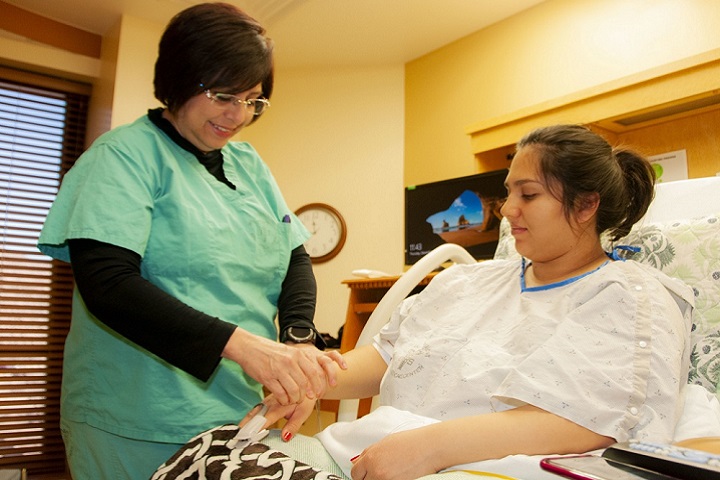
Staff quickly respond to the obstetrical emergency via an emergency cesarean section
'Fused' technologies give 3D view of prostate during biopsy
Article
1/9/2019
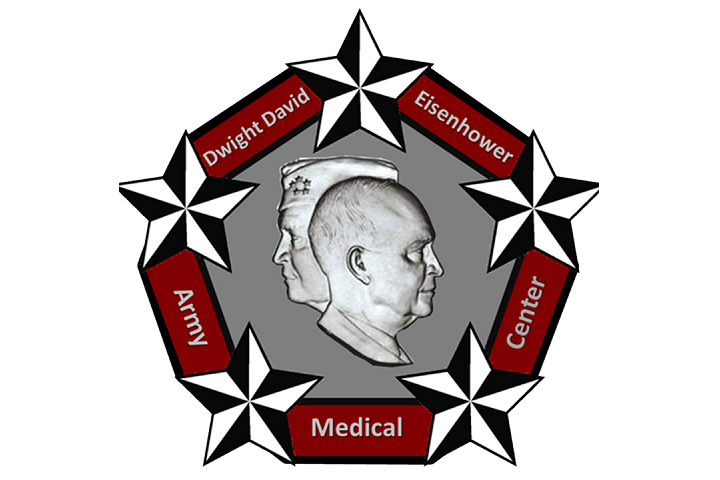
Other than skin cancer, prostate cancer is the most common cancer in American men
CJTH continues to provide superior care for U.S., coalition forces
Article
1/7/2019
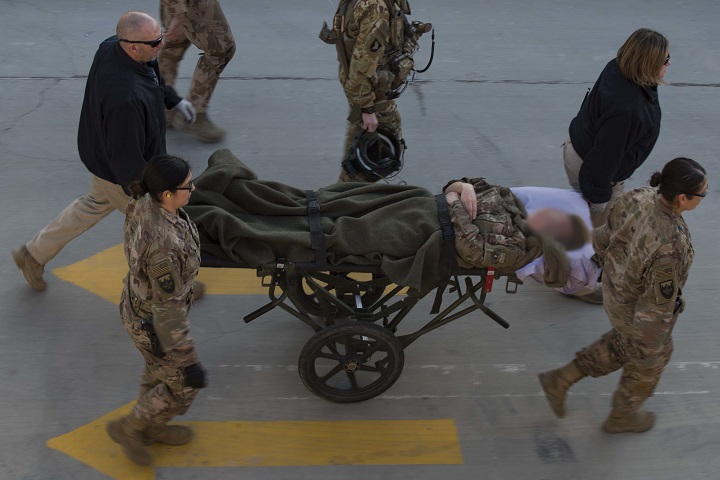
With a 99.3-percent survival rate, the hospital staff have reason to be proud
Langley surgical team goes 'purple'
Article
1/3/2019
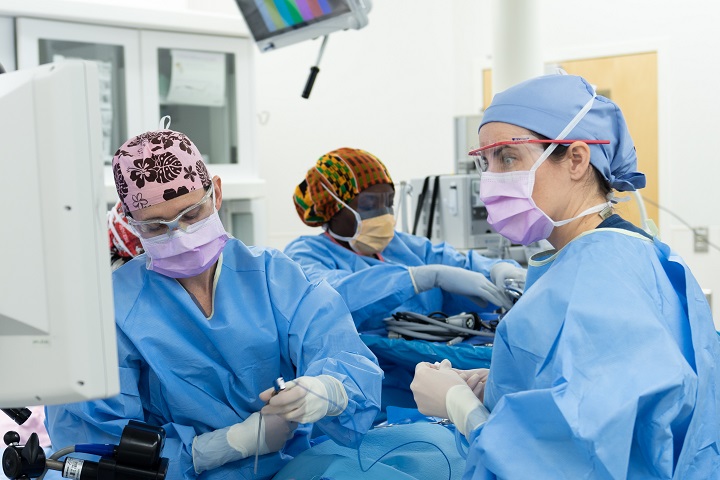
A joint surgical team was organized to perform a functional endoscopic sinus surgery
Army hospital earns reputation as a top teaching institution
Article
1/2/2019
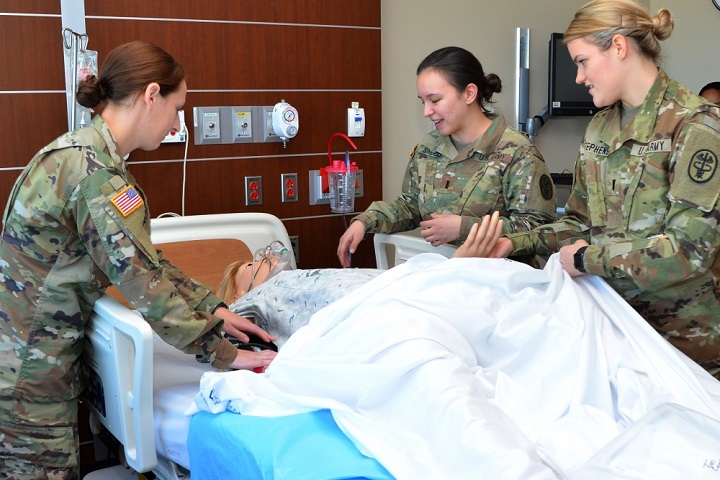
CRDAMC has been recognized by healthcare associations and educational institutions for exceptional achievements
Navy corpsman: Carrying the legacy
Article
12/27/2018
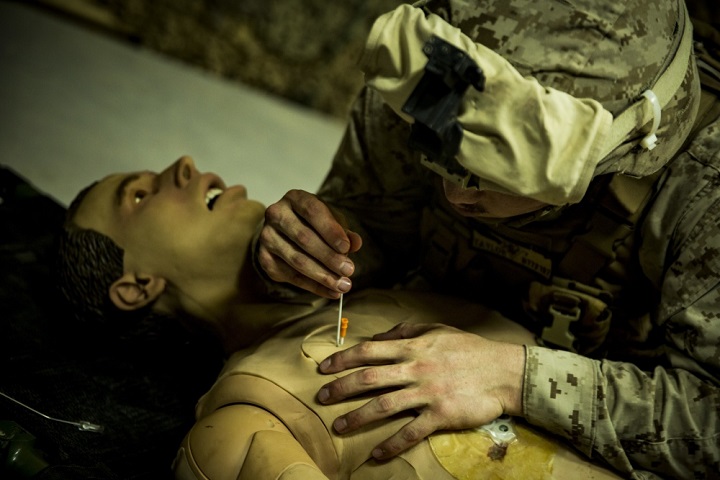
Navy hospital corpsmen attend 14-week “A” school at the Medical Education and Training Campus in Joint Base San Antonio — Fort Sam Houston, Texas
Oak Harbor achieves first with crucial new information technology milestone
Article
12/21/2018

Reducing risks to patients’ information is a top priority for the DoD
Hospital ship USNS Comfort returns home after completing mission
Article
12/20/2018
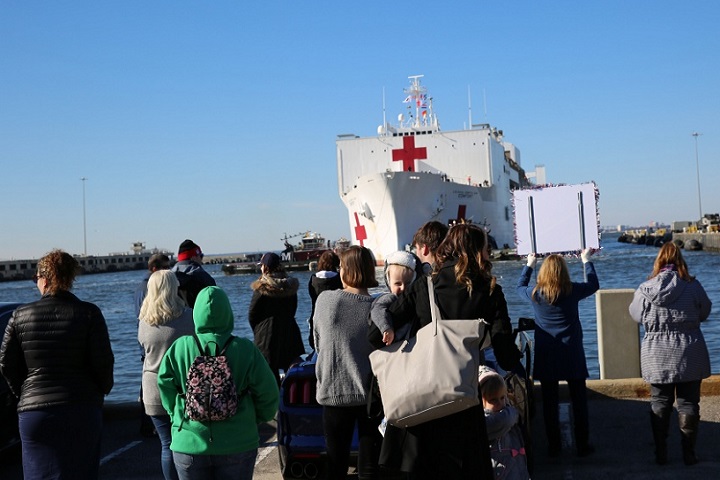
This mission marked the sixth time the hospital ship has provided medical assistance in the region
Surgeons share secrets of residency success
Article
12/11/2018
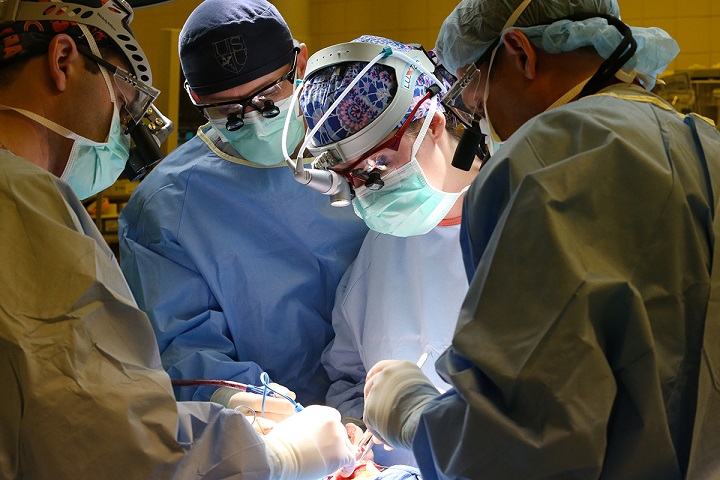
Madigan's general surgery residents have passed the exam for board certification on their first attempt at a nation-topping rate of 97.6 percent
Fleet surgical team saves life aboard USS Somerset
Article
12/6/2018
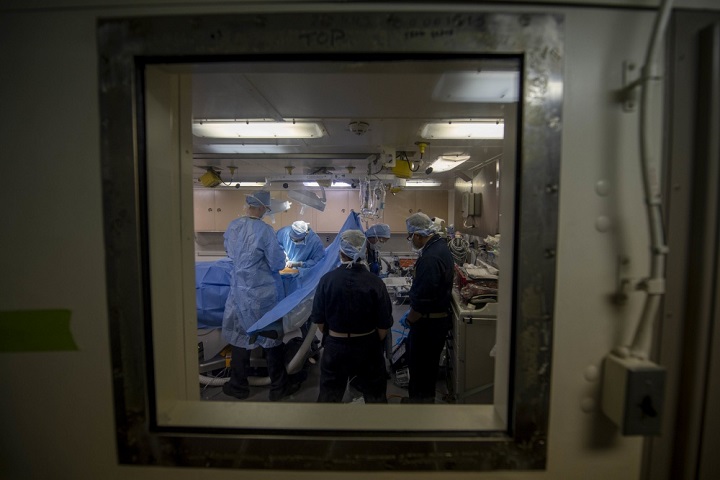
We were able to determine he had acute appendicitis
USNS Comfort conducts mass casualty training exercise
Article
10/15/2018
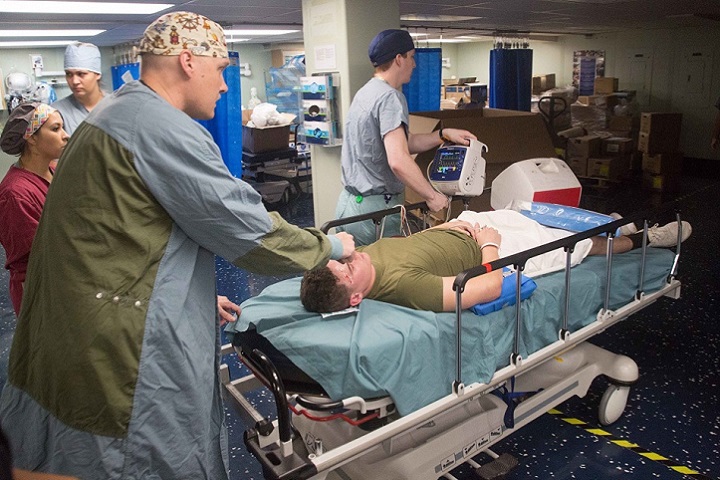
A mass casualty event, by nature, is chaotic
A 'Pharmacy Phamily' team effort recognized at Naval Hospital Bremerton
Article
10/3/2018
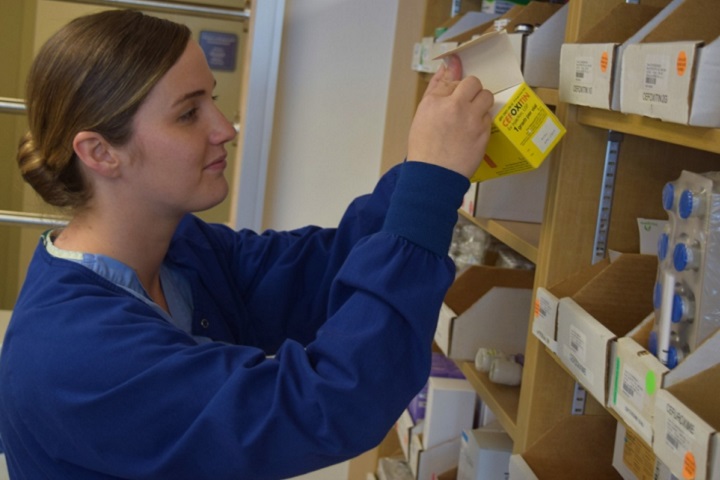
Naval Hospital Bremerton’s pharmacy selected for the 2018 Navy Pharmacy Team Award
Robotics key to medical Airmen recruitment, retention, readiness
Article
10/2/2018
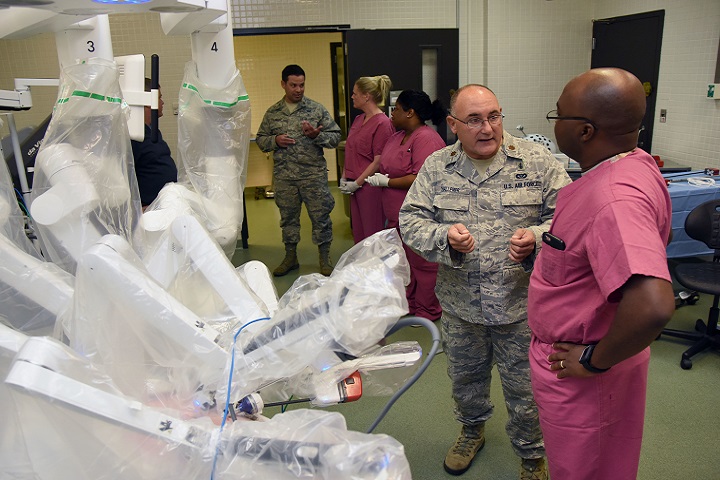
Robotics has been the standard for years in the private sector
DHA assumes management, administration of KMC
Article
10/2/2018
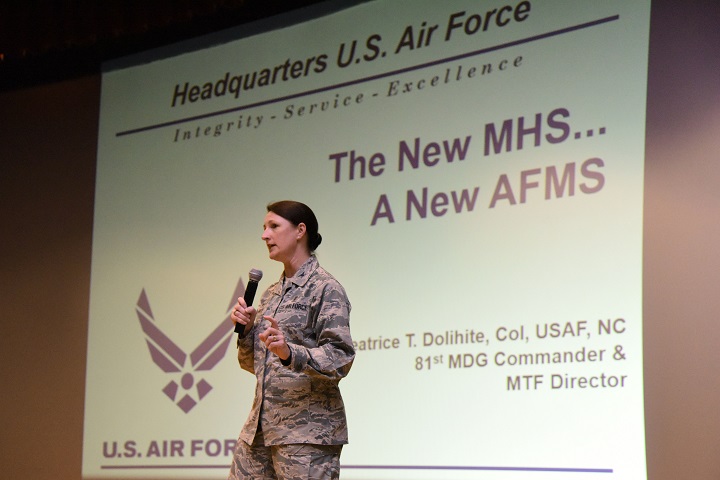
The Keesler Medical Center is the first hospital in the Air Force to transition






















.png)











No hay comentarios:
Publicar un comentario